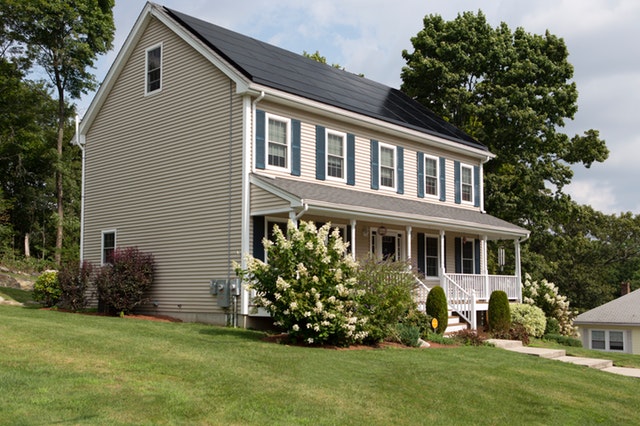Considering A Reverse Mortgage? Understand These Important Points First
 There are many individuals who end up on a fixed income once they reach a certain age; however, their expenses aren’t always fixed. Sometimes, there is a large medical expense. In other cases, someone might need money for a new car or a home repair. In the event that someone needs cash quickly, one option is called a reverse mortgage.
There are many individuals who end up on a fixed income once they reach a certain age; however, their expenses aren’t always fixed. Sometimes, there is a large medical expense. In other cases, someone might need money for a new car or a home repair. In the event that someone needs cash quickly, one option is called a reverse mortgage.
Those who have equity built up in their home can draw upon this to help with unexpected expenses. This is a quick source of cash that many people overlook. At the same time, it is important to think about the pros and cons of a reverse mortgage.
The Pros Of A Reverse Mortgage
Taking out a reverse mortgage does have several benefits that everyone should know. First, there are no required monthly payments for any reverse mortgage loan. In addition, the money that people get from a reverse mortgage is not taxable. For many, this acts as a tax shield against any income that results from a reverse mortgage.
Next, nobody can ever owe more money than the value of the home when the building is sold. This prevents people from getting buried by potential interest payments. Finally, nobody will ever have to leave their home with a reverse mortgage. The owners retain the rights to the property.
The Cons Of A Reverse Mortgage
On the other hand, there are a few cons that people need to keep in mind as well. First, reverse mortgages are regulated by the federal government, which means that everyone needs to read the rules and regulations carefully. In addition, not everyone who owns a home will qualify for a reverse mortgage. They need to have enough equity built up in the home before the lender will consider it.
In order for someone to take out a reverse mortgage, a lien is going to be placed against the property. In the eyes of some, a lien must be paid off in the event the property is to be sold. Finally, in order to prevent a reverse mortgage from resulting in foreclosure, the building needs to be both maintained and insured.
Thinking about the pros and cons carefully can help someone decide if a reverse mortgage is right for them. Contact your local home finance professional to get the best advice for your personal situation.

 Investing in real estate is a great way for someone to diversify his or her assets; however, there is a common hurdle that almost all real estate investors face. This comes in the form of a down payment.
Investing in real estate is a great way for someone to diversify his or her assets; however, there is a common hurdle that almost all real estate investors face. This comes in the form of a down payment.  Many individuals and families are looking for ways to reduce their energy consumption. Running the heater during the winter and the air conditioner during the summer can have significant impacts on someone’s energy consumption and costs. It should come as no surprise that many people are trying to reduce their HVAC usage to save money; however, there is a better way.
Many individuals and families are looking for ways to reduce their energy consumption. Running the heater during the winter and the air conditioner during the summer can have significant impacts on someone’s energy consumption and costs. It should come as no surprise that many people are trying to reduce their HVAC usage to save money; however, there is a better way. It can be hard to convince a lender that a young person is ready to buy a house. There may not be a long credit history, a lack of assets might make it hard to fund a down payment, and the buyer’s age can cause banks to hesitate. One of the ways for parents to help with this process is to co-sign on the mortgage. Before doing this, there are a few important steps to keep in mind.
It can be hard to convince a lender that a young person is ready to buy a house. There may not be a long credit history, a lack of assets might make it hard to fund a down payment, and the buyer’s age can cause banks to hesitate. One of the ways for parents to help with this process is to co-sign on the mortgage. Before doing this, there are a few important steps to keep in mind. According to a report that was recently published by the United States Census Bureau, the average mortgage payment has been dropping. According to the bureau, the average payment is just over $1,500 per month. This is shockingly close to the average cost of renting, which is just under $1,500 per month.
According to a report that was recently published by the United States Census Bureau, the average mortgage payment has been dropping. According to the bureau, the average payment is just over $1,500 per month. This is shockingly close to the average cost of renting, which is just under $1,500 per month.